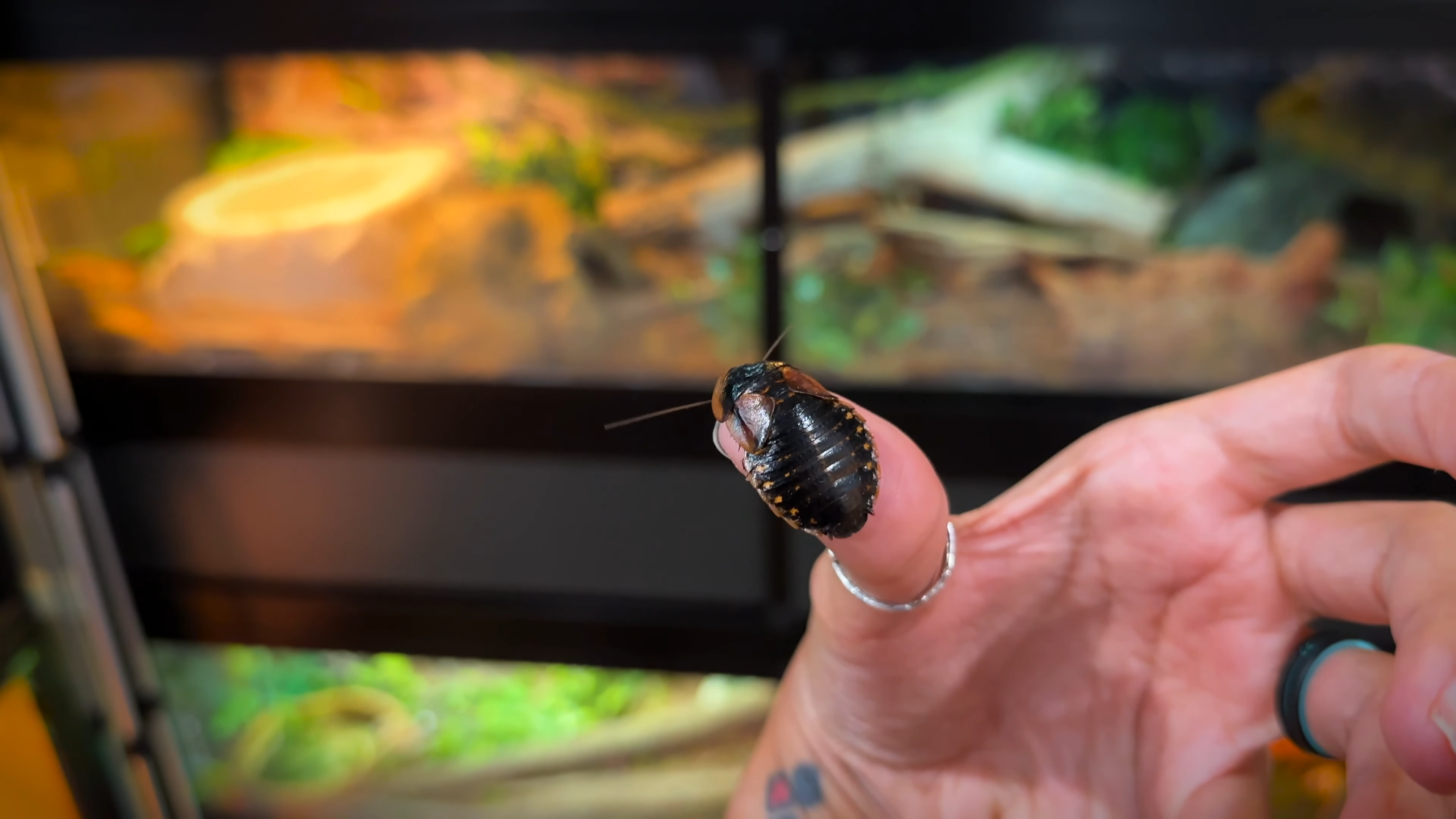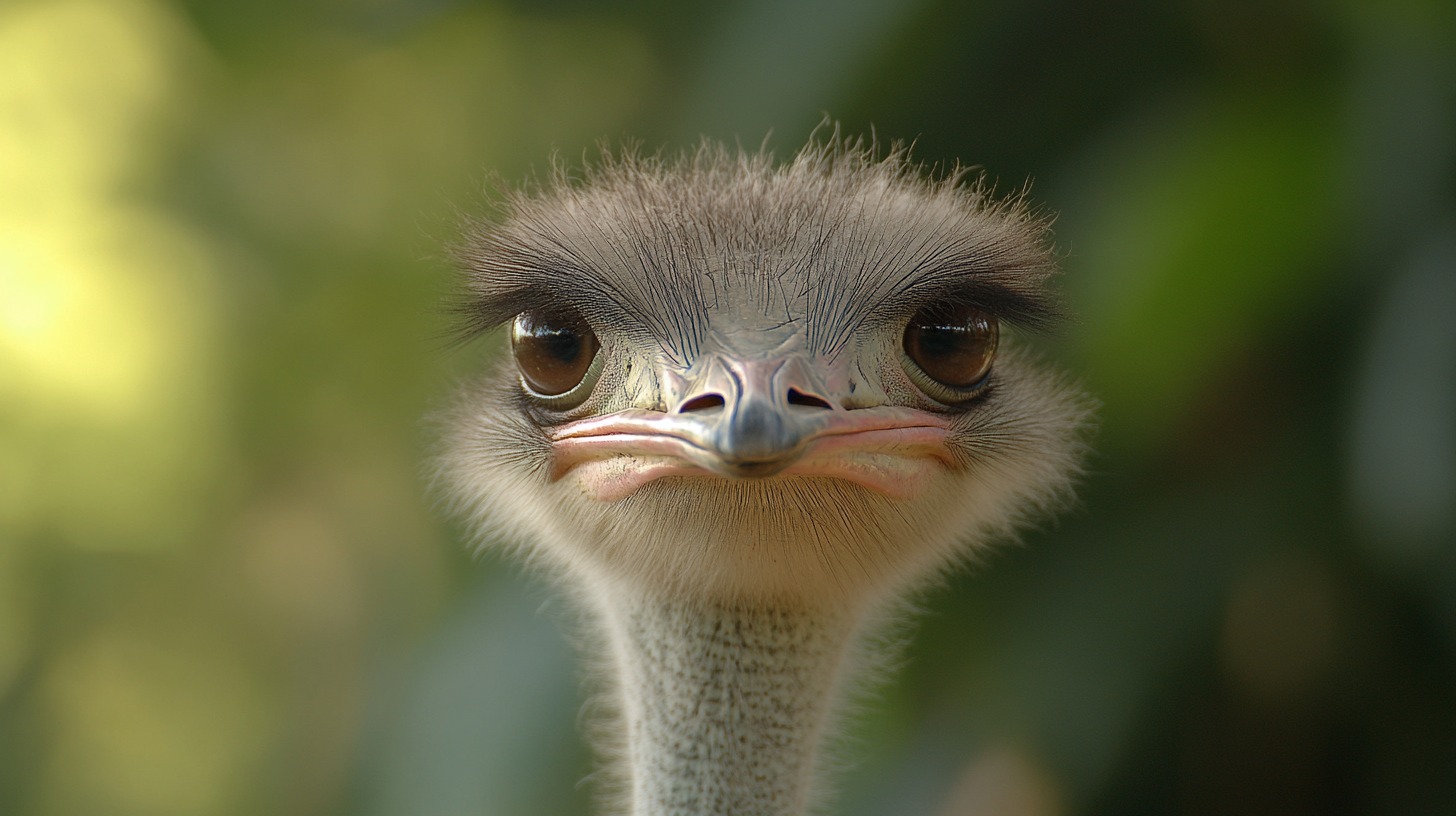
Share Post:
The saying “blind as a bat” is misleading since most bats have eyesight as good as, or even better than, humans.
This misconception likely arose because bats are nocturnal. Surprisingly, many animals live without the need for sight.
Despite lacking what many consider a vital sense, these creatures thrive without eyes or are completely blind.
They often evolve this way because they inhabit dark environments where vision isn’t necessary.
Some rely more on their other senses or develop new sensory organs to compensate for their lack of sight.
For others, poor eyesight is a challenge they overcome through unique abilities.
Table of Contents
Toggle10. Naked Mole-Rat
Characteristic
Details
Primary Diet
Roots, tubers, underground plants
Notable Traits
Cancer-resistant, lacks pain receptors
Social Structure
Lives in colonies with a single breeding queen, similar to bees
Naked mole-rats have poor vision and depend on touch, smell, hearing, and taste instead.
Technically, naked mole-rats aren’t blind, but their tiny eyes are almost useless to them. Instead, these odd-looking rodents rely heavily on their other four senses to navigate both above and below ground. They have the same level of vision in light and dark conditions.
Remarkably, naked mole-rats don’t feel pain because they lack the receptors that cause pain sensations, a feature that might be envied. Their poor eyesight isn’t a disadvantage in their natural habitat, and they’ve adapted other peculiar behaviors suited to their surroundings, which you can explore further here.
Naked mole-rats aren’t entirely hairless; they have whiskers on their faces and tails that help keep dirt off their bodies. However, like other mammals, they cannot regulate their body temperature on their own.
- Remarkably, they can live up to 30 years, which is unusually long for a rodent, and are known for their resistance to cancer.
- Naked mole-rats have a social structure similar to that of bees, with a single breeding queen and worker rats that take care of the colony.
9. Deep Sea Lobster
Characteristic
Details
Primary Diet
Bacteria, small sea organisms
Notable Traits
Blind with asymmetrical claws, part of chemosynthetic ecosystems
Habitat
Deep-sea hydrothermal vents
The deep-sea lobster, scientifically known as Dinochelus ausubeli, is recognized as blind, a fact suggested by its lack of pigment.
This albino characteristic is common among deep-sea creatures that don’t need protection from sunlight or camouflage from sighted predators.
Poor vision is typical at these depths, so the deep-sea lobster relies on its unusually asymmetrical claws to catch prey and avoid predators.
This unique lobster is one of nearly 100 newly discovered lobster species.
- Their asymmetrical claws are not just for hunting; they use them for signaling and communicating with each other in the pitch-dark depths.
- These lobsters are part of a unique ecosystem that relies on chemosynthesis rather than photosynthesis, feeding on bacteria and other organisms around hydrothermal vents.
8. Texas Blind Salamander
Characteristic
Details
Primary Diet
Small invertebrates (snails, shrimp)
Notable Traits
Regenerative abilities, external gills for oxygen absorption
Conservation Status
Highly endangered due to habitat loss
Living in deep waters where vision is unnecessary, the Texas blind salamander has two small black spots on its face where its eyes would typically be.
Instead of relying on sight, these albino amphibians sense changes in water pressure to find prey and sense approaching predators.
In their isolated habitat, these blind salamanders sit at the top of a food chain that includes invertebrates like snails and shrimp.
Unfortunately, they are highly endangered due to their limited habitat and human interference.
- These salamanders are known for their regenerative abilities, capable of regrowing lost limbs and even parts of their heart and brain.
- The Texas blind salamander has external gills that allow it to absorb oxygen directly from the water, making it well-adapted to life in underwater caves.
7. Mexican Tetra
Characteristic
Details
Primary Diet
Algae, small aquatic organisms
Notable Traits
Blind with degenerated eye sockets, uses vibrations for communication
Behavior
Highly social, swims in patterns matching cave geography
Living in complete darkness, the Mexican tetra relies entirely on touch for survival.
These fish are born with eyes that gradually degenerate into sockets that store fat deposits.
Interestingly, similar to the world’s smallest fish, the Paedocypris, which has adapted to its tiny, nutrient-poor environment, Mexican tetras have evolved unique traits for survival in their harsh habitat.
Along with losing their vision and pigmentation, Mexican tetras undergo skeletal changes that cause them to swim counterclockwise and use swimming patterns that follow the contours of cave channels.
Despite lacking complex defense mechanisms and having only basic navigation skills, these cavefish thrive because they are the top predators in their environments.
Apart from their blindness and some skeletal differences, Mexican tetras are essentially the same as standard tetrafish.
- Despite their blindness, Mexican tetras are highly social fish and use vibrations and pressure changes to communicate and maintain group cohesion.
- They have evolved a unique circadian rhythm that helps them conserve energy in the constant darkness of their cave habitats.
6. Star-Nosed Mole
| Characteristic | Details |
|---|---|
| Primary Diet | Insects, worms, small aquatic prey |
| Notable Traits | Fastest eating mammal, over 25,000 sensory receptors on nose |
| Sensory Abilities | Detects vibrations and electrical fields |
Despite being preyed upon by animals like domestic cats, hawks, and foxes, the star-nosed mole manages to survive without eyesight. The mole’s distinctive facial tentacles compensate for its lack of vision by detecting vibrations in the ground and sensing electrical fields.
These tentacles, which probe the environment around a dozen times per second, allow the mole to create a detailed sensory map of its surroundings, identifying both predators and prey. Essentially, the star-nosed mole replaces sight with a highly enhanced sense of touch.
In addition to its unique sensory abilities, the star-nosed mole is one of the fastest diggers and eaters among mammals.
- The star-nosed mole is the fastest eater among mammals, capable of identifying and consuming its prey in as little as 120 milliseconds.
- Its star-shaped nose is covered with over 25,000 sensory receptors, making it one of the most sensitive touch organs in the animal kingdom.
5. Eyeless Shrimp
Characteristic
Details
Primary Diet
Bacteria (farmed on body)
Notable Traits
Uses light-sensing organs, adapted to volcanic sea vents
Ecosystem
Chemosynthetic, thrives around hydrothermal vents
Eyeless shrimp (Rimicaris hybisae) were first discovered in 2012, adapted to the unique environment of volcanic sea vents. These extreme conditions, with their blistering temperatures, attract only the most resilient predators.
Interestingly, these shrimp are born with eyes, but as they mature, they lose their eyes and develop a light-sensing organ on their bodies. Although these sensory organs are primitive and only detect light, they effectively help the shrimp navigate their surroundings using infrared.
Researchers believe that this change in sensory mechanisms coincides with the shrimp shifting diets and habitats as they grow. These eyeless shrimp are among the most unusual members of the shrimp family.
- These shrimp are known to “farm” bacteria on their bodies, using them as a primary food source in the nutrient-poor environment around the vents.
- They are part of a unique ecosystem that thrives on the chemicals spewed by hydrothermal vents, supporting a food chain independent of sunlight.
4. Golden Mole
| Characteristic | Details |
|---|---|
| Primary Diet | Insects, small invertebrates |
| Notable Traits | Thick skin for protection, iridescent fur for camouflage |
| Sensory Abilities | Detects vibrations with specialized inner ears |
Unlike the star-nosed mole with its sensory tentacles, the blind golden mole navigates its surroundings using other methods.
Studies indicate that the golden mole’s ability to understand its environment is due to a combination of the unique conditions of its habitat—the Sahara Desert—and the specialized structure of its cranial bones.
Preliminary research suggests that their inner ears can detect vibrations in the desert sand, allowing them to locate prey and avoid predators.
- Golden moles have a thick layer of skin that protects them from sand and dirt as they burrow, which also acts as insulation against extreme temperatures.
- Their fur is iridescent, reflecting light in a way that helps to camouflage them in the sandy environments of the Sahara Desert.
3. Olm
Characteristic
Details
Primary Diet
Small invertebrates (snails, worms)
Notable Traits
Can survive without food for years, primarily breathes through skin
Lifespan
Up to a century
While the Texas cave salamander is native to a small region in Texas, the olm is its European counterpart, found only in certain European waters. Despite their similarities, these albino salamanders have evolved completely independently.
The olm has intrigued scientists due to its impressive lifespan, capable of living up to a century. Equally remarkable is its ability to navigate without sight, using mechanoreceptors, chemoreceptors, and electroreceptors to interpret its surroundings.
The olm’s distinctive physiology continues to make it a captivating subject for scientific research.
- Olms can go without food for up to 10 years, surviving on their fat reserves during times of scarcity.
- They have lungs, but they primarily breathe through their skin, which makes them highly sensitive to changes in water quality.
2. Sinopoda Scurion
Characteristic
Details
Primary Diet
Insects, small cave-dwelling creatures
Notable Traits
Blind, detects prey through air currents, does not build webs
Habitat
Laotian caves with other blind species
If you want something to keep you up at night, picture an arachnid that doesn’t need eyes to be an effective predator.
That’s true for the Sinopoda scurion, a cave-dwelling huntsman spider that has traded its typical eight eyes for none. This fits right in with the environment of its Laotian cave, which also hosts blind scorpions, fish, and crabs.
Ironically, the spider is named after the Swiss headlamp company Scurion, known for illuminating even the darkest caves.
The Sinopoda scurion is one of 1,207 identified species of huntsman spider.
- Sinopoda scurion spiders have highly sensitive legs that can detect the slightest air currents, which helps them locate prey in complete darkness.
- Unlike many spiders, they do not build webs to capture prey, relying solely on their agility and speed to hunt.
1. Hydra
Characteristic
Details
Primary Diet
Small aquatic organisms (tiny fish, larvae)
Notable Traits
Functionally immortal, can regenerate entire body
Sensory Abilities
Uses simple photoreceptive cells to detect light
These freshwater polyps lack eyes but can still hunt and avoid threats by reacting to light. Interestingly, hydras only hunt during the day, as light is crucial for their behavior.
Instead of using complex sensory organs like eyes, hydras have simple photoreceptive cells that trigger the firing of their barbs when exposed to light.
Researchers view the hydra as a primitive precursor to the human eye. Remarkably, hydras are believed to be functionally immortal, showing no signs of aging over time.
- Hydras have a unique ability to regenerate, able to reform their entire body from just a few cells, which contributes to their potential immortality.
- They have simple nerve nets rather than a central nervous system, allowing them to respond to their environment with remarkable speed and efficiency.




















